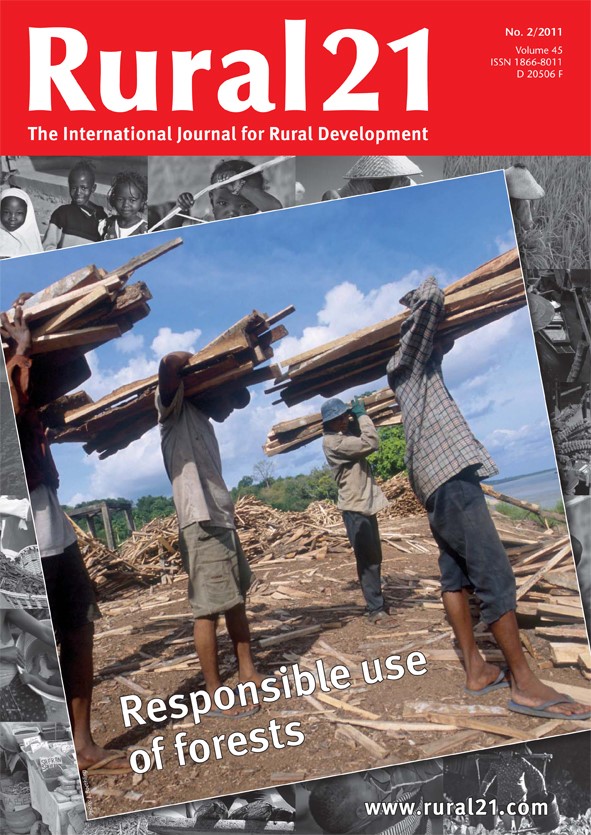Exploring the biophysical option space for feeding the world without deforestation
Safeguarding the world’s remaining forests is a high-priority goal. We assess the biophysical option space for feeding the world in 2050 in a hypothetical zero-deforestation world. We systematically combine realistic assumptions on future yields, agricultural areas, livestock feed and human diets. For each scenario, we determine whether the supply of crop products meets the demand and whether the grazing intensity stays within plausible limits. We find that many options exist to meet the global food supply in 2050 without deforestation, even at low crop-yield levels.





